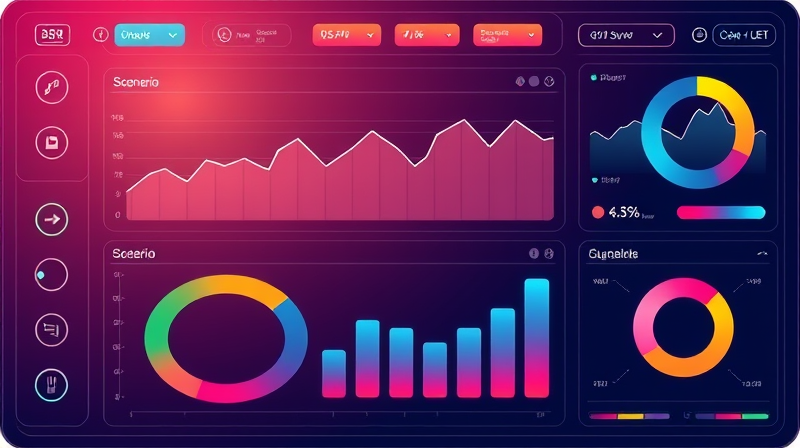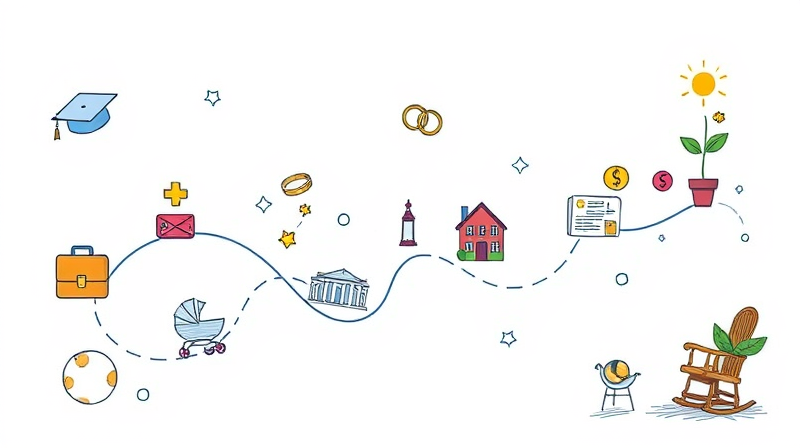
In today’s rapidly evolving digital economy, the synergy between robust cloud infrastructure and Software as a Service (SaaS) solutions has never been more critical. As enterprises pour record-breaking sums into cloud platforms, they simultaneously fortify their long-term SaaS strategies, unlocking new efficiencies and innovation pathways. This article dives deep into the numbers, technology drivers, regional nuances, and competitive forces that make cloud expansion the cornerstone of future-facing SaaS investments.
The global cloud infrastructure market reached a staggering global cloud infrastructure market value of $262.68 billion in 2024, and analysts project it will soar to $837.97 billion by 2034 at a 12.30% CAGR. In parallel, overall cloud computing spending is expected to hit $912.77 billion by 2025, growing at 21.2% annually. These numbers underscore a significant growth trajectories in cloud that far outpace traditional on-premises IT investments.
On the SaaS side, global spending is forecast to climb to $300 billion in 2025, with the broader market reaching $1.25 trillion by 2034. North America alone commands 46% of this share, and U.S. SaaS revenues are poised to exceed $412 billion by 2034. Such momentum sets the stage for enterprises to rely on cloud-powered software models as their primary operational backbone.
Cloud infrastructure serves as the digital foundation upon which all SaaS applications are built. By abstracting hardware provisioning, storage management, and networking complexities, it enables providers to deliver scalable, on-demand software services. Enterprises benefit from rapid deployments, flexible cost structures, and the ability to harness emerging technologies without extensive capital outlays.
Investors and CIOs alike recognize that a robust competitive landscape among providers drives innovation and pricing efficiencies, ultimately de-risking long-term SaaS commitments. When hyperscalers and high-growth tier-2 vendors compete on AI integration, security, and performance, end users reap the rewards of faster feature releases and ever-improving service levels.
Several core technologies are accelerating cloud and SaaS growth, reshaping how businesses consume software:
Collectively, these drivers create an environment where SaaS providers can innovate rapidly, scale geographically, and meet stringent enterprise requirements.
The public cloud market remains dominated by three hyperscalers, collectively capturing 68% of global spend. However, tier-2 players are making their mark, particularly in AI and specialized GPU offerings.
Geography plays a pivotal role in how cloud and SaaS markets develop. North America leads with 42% of infrastructure spend, while Brazil, Spain, Italy, South Korea, India, Australia, and Indonesia top the growth charts in local currencies for Q1 2025. Europe’s fastest gains are in Ireland, Spain, and Italy, driven by digital transformation initiatives in finance, healthcare, and manufacturing.
These varied dynamics signal that SaaS vendors must tailor offerings by region, balancing global scale with local compliance and performance needs.
SaaS adoption is now mainstream: 81% of organizations automate at least one business process via cloud software. However, app proliferation creates new challenges, including vendor sprawl and management complexity. On average, companies deploy 106 SaaS applications, and churn rates hover at 3.5%—underscoring the importance of customer retention strategies in a competitive landscape.
By understanding these patterns, CIOs can design portfolios that maximize value while minimizing risk and redundancy.
At its core, the relationship between cloud infrastructure and SaaS is symbiotic. Robust, scalable platforms enable providers to innovate faster, offering advanced features like AI analytics, global distribution, and built-in security. In turn, SaaS revenues attract further investment into cloud capacity, driving economies of scale and cost efficiencies.
Enterprises that align their software strategies with cloud growth trends are positioning themselves to outperform competitors. By leveraging enterprise-grade security and compliance measures and harnessing unprecedented scale and flexibility, organizations can de-risk long-term investments in SaaS and capitalize on digital transformation’s next wave.
In conclusion, the cloud infrastructure boom not only supports but actively propels long-term SaaS bets. As technology drivers like AI, edge computing, and automation continue accelerating, the cloud–SaaS partnership will remain the cornerstone of modern business innovation and resilience.
References













